Archives
- 2025-11
- 2025-10
- 2023-07
- 2023-06
- 2023-05
- 2023-04
- 2023-03
- 2023-02
- 2023-01
- 2022-12
- 2022-11
- 2022-10
- 2022-09
- 2022-08
- 2022-07
- 2022-06
- 2022-05
- 2022-04
- 2022-03
- 2022-02
- 2022-01
- 2021-12
- 2021-11
- 2021-10
- 2021-09
- 2021-08
- 2021-07
- 2021-06
- 2021-05
- 2021-04
- 2021-03
- 2021-02
- 2021-01
- 2020-12
- 2020-11
- 2020-10
- 2020-09
- 2020-08
- 2020-07
- 2020-06
- 2020-05
- 2020-04
- 2020-03
- 2020-02
- 2020-01
- 2019-12
- 2019-11
- 2019-10
- 2019-09
- 2019-08
- 2019-07
- 2019-06
- 2019-05
- 2019-04
- 2018-07
-
In the present study we found that the up
2019-12-03

In the present study, we found that the up-regulatory effects of androgens on ep1 transcripts might be mediated by Arα in the olfactory rosette of B. sinensis. However, in mammals, there is no evidence of AR expression in either the vomeronasal organ or the sensory epithelium of main olfactory epith
-
Information on the mechanism by which parasite
2019-12-03
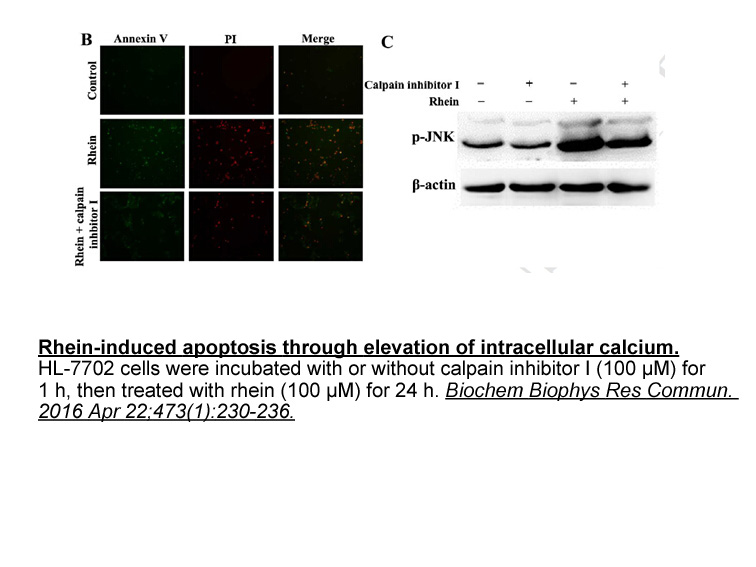
Information on the mechanism by which parasite infections promote ECM degradation is limited (McKerrow et al., 1983; Andrade, 1994; Lu and Lai, 2013; Thibeaux et al., 2014). The interaction of plasminogen-plasmin with proteins of microorganisms, including bacteria, has been suggested to play a key r
-
What are the molecular signals that guide Tfh
2019-12-03

What are the molecular signals that guide Tfh cells as they navigate around the lymph node in the course of the immune response? It was recently reported that Tfh cells inside GCs have high expression of SIPR2, which acts to repel them from the S1P-rich lymph in the SCS and promote their retention i
-
Lymphocyte mobility and homing is modulated by the
2019-12-03
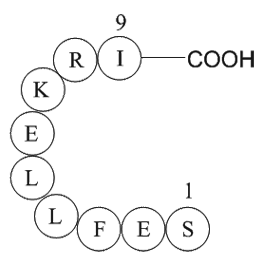
Lymphocyte mobility and homing is modulated by the chemoattractant receptor subfamily of G protein-coupled receptors (GPCRs) (Campbell et al., 2003, Rot and von Andrian, 2004). B cell migration and position are controlled to a large extent by the lymphoid chemokines CXCL13, CXCL12, CCL19, and CCL21
-
Because EBI is expressed on the major subsets
2019-12-03
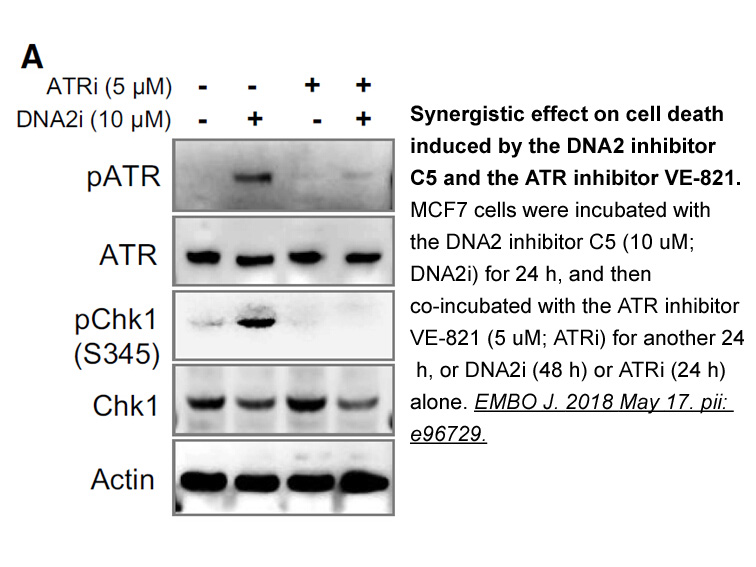
Because EBI2 is expressed on the major subsets of immune cells, and small molecule antagonists for EBI2 were recently described (Benned-Jensen et al., 2013, Gessier et al., 2014), EBI2 constitutes a tempting drug target reminiscent of the sphingosine-1-phosphate receptor superagonist fingolimod/Gile
-
br STAR Methods br Author Contributions br Acknowledgments T
2019-12-03
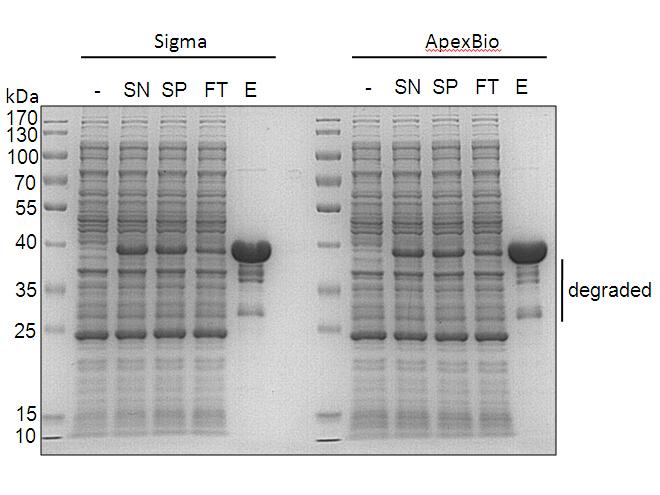
STAR★Methods Author Contributions Acknowledgments The authors thank Monika Kuhn for excellent technical assistance and Dr. Antje Schäfer for valuable scientific input. H.S. was supported by the DFG (FZ 82; Graduate School of Life Sciences and SCHI 425-6/1), and A.V.S. by Northwestern Univer
-
Almorexant australia In the present work we have investigate
2019-12-03

In the present work, we have investigated the reactivity of N-aryl-N′-hydroxyguanidines 1a–d (see Scheme 1 for structures) with the water-soluble Cu(II) complex 8. Using EPR and UV–Visible spectroscopy, we have shown that the studied N-aryl-N′-hydroxyguanidines 1a–d can bind and transfer electrons t
-
bupropion hydrochloride Given the widespread occurrence of o
2019-12-03

Given the widespread occurrence of oncogene-induced RS and the increasing clinical interest in small molecule inhibitors that further exacerbate RS in human cancers (such as ATR inhibitors), our findings point to a protective role for RAD52 in the maintenance of cancer cell viability. As such, RAD52
-
Diacylglycerol kinases DGK and are lipid kinases
2019-12-03
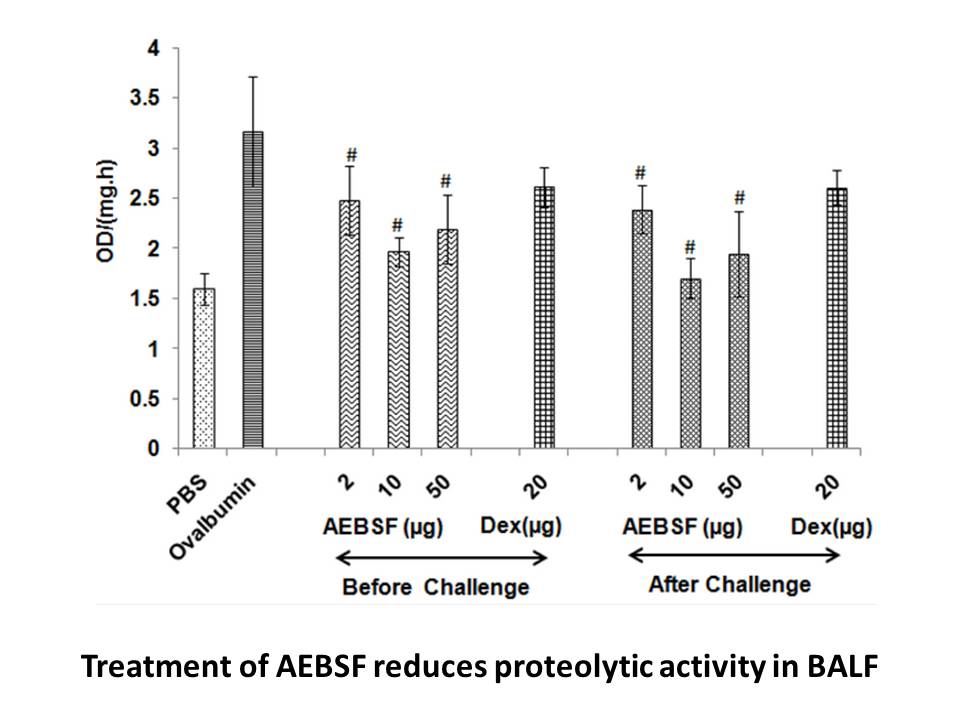
Diacylglycerol kinases (DGK) α and ζ are lipid kinases that limit diacylglycerol (DAG)-dependent activation pathways downstream of the TCR (Merida et al., 2015). Their upregulation in tumor infiltrating lymphocytes (TIL) has been linked to generation of hyporesponsive states that contribute to immun
-
br Biological roles of DGK
2019-12-03
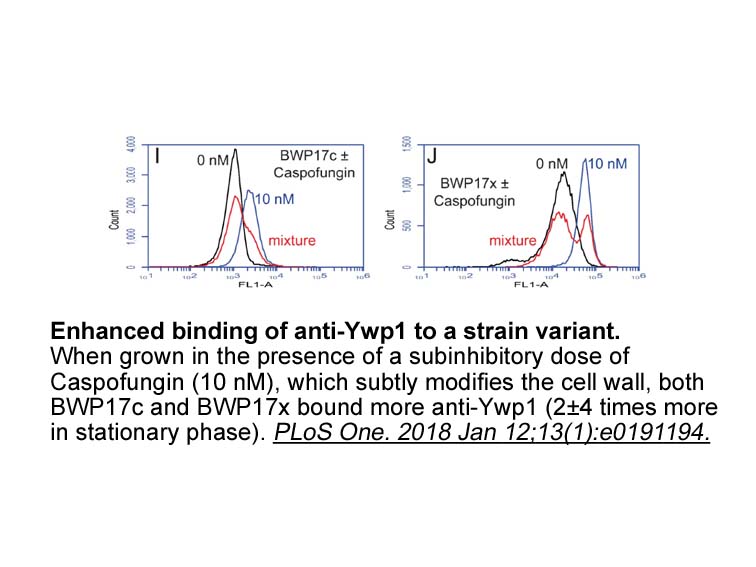
Biological roles of DGKϵ Summary and future perspectives The most NCT-502 segment of DGKϵ, comprised of residues 20–42, appears to have no role in binding the lipid substrate DAG or in the acyl chain specificity of substrate phosphorylation. Nevertheless, the sequence in this segment of DGKϵ
-
The role of DDR in glomerular
2019-12-03
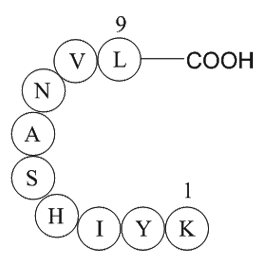
The role of DDR1 in glomerular injury has been then further studied by the Chatziantoniou group in experimentally-induced crescentic glomerulonephritis, by injection of alloimmune sheep nephrotoxic serum (NTS) [54]. Glomerulonephritis produced a 17-fold increase of DDR1 expression, predominantly in
-
Here we found that these leukotriene antagonists also inhibi
2019-12-03
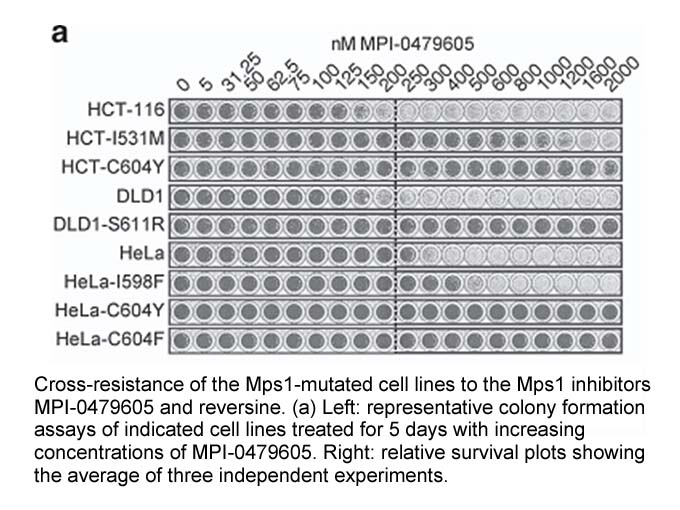
Here we found that these leukotriene antagonists also inhibit the effects of nucleotides acting at P2Y receptors in dU937 cells, which are known to express a number of nucleotide receptors, such as P2Y2 or P2Y4[30]. In an effort to characterize the P2 receptor subtypes subject to negative modulation
-
Ultimately we decided to investigate the
2019-12-03

Ultimately, we decided to investigate the role of Cyp3a in obesity because Hepatic P450 Reductase-null (HRN) mice with no P450 activity show hepatic steatosis with increased Cyp2b10 and Cyp3a11 expression, perturbations in liver size, lipid homeostasis, and increased liver polyunsaturated fatty acid
-
Acknowledgements This work was supported in
2019-12-03

Acknowledgements This work was supported in part by a Scholarship Fund for Young Researchers by the Promotion and Mutual Aid Corporation for Private (2017 to S.K.), research grant from Japan Rett Syndrome Support Organization (2018 to S.K.), and MEXT-Supported Program for the Strategic Research Fou
-
br Data deposition The structure factor
2019-12-03
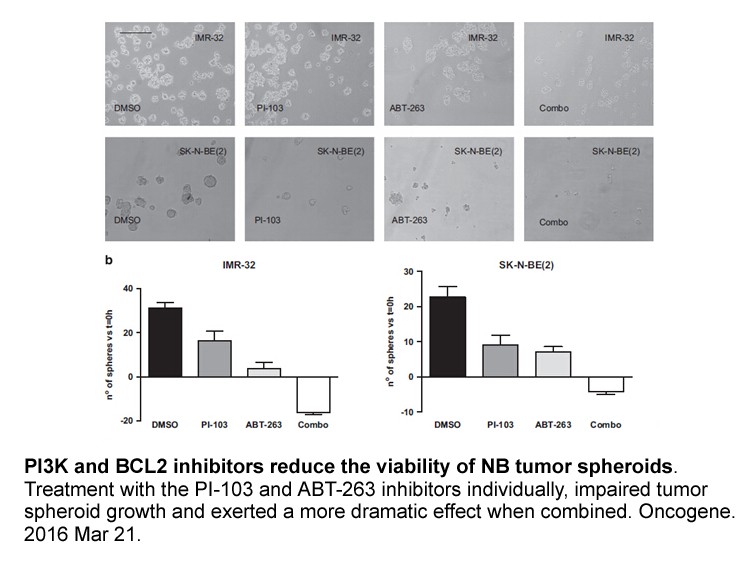
Data deposition: The structure factor amplitudes and coordinates of mIL34 and the mIL-34:mCSF-1R complex have been deposited in the Protein Data Bank, www.pdb.org, with accession codes 4EXN and 4EXP. Note added in proof The authors would like to inform the readers of two recent articles that are
11255 records 626/751 page Previous Next First page 上5页 626627628629630 下5页 Last page